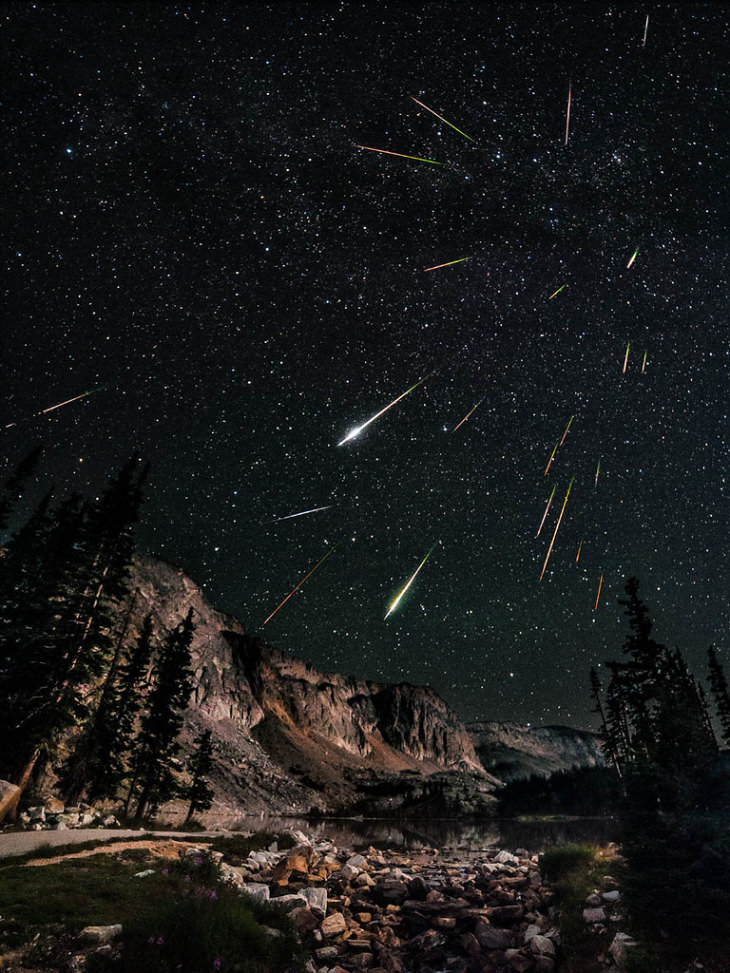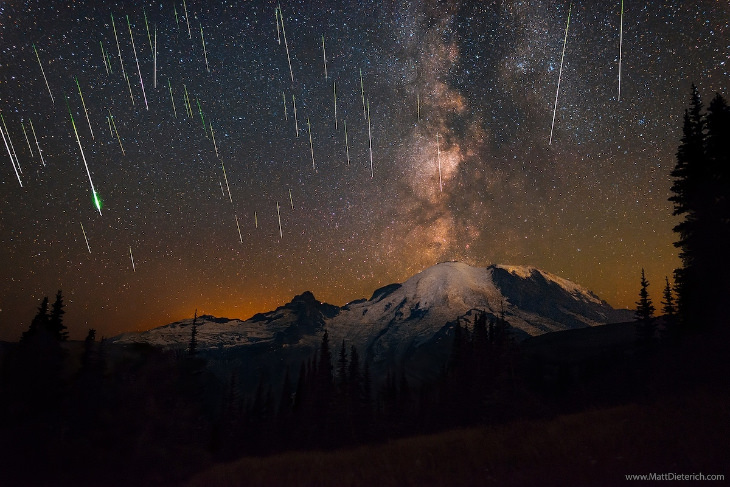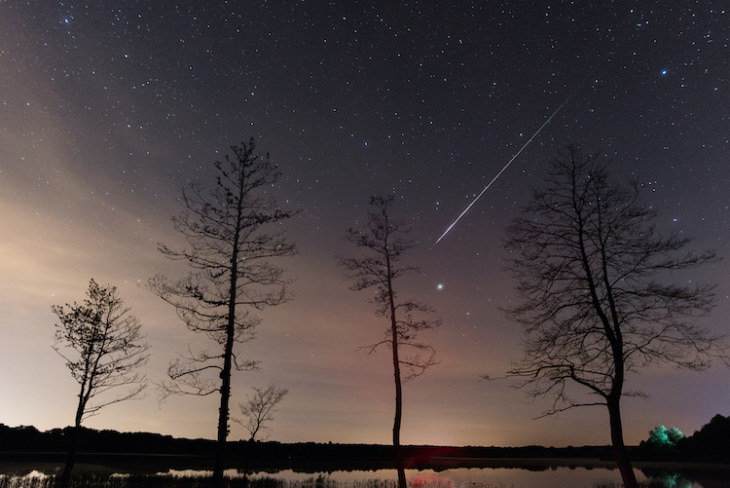
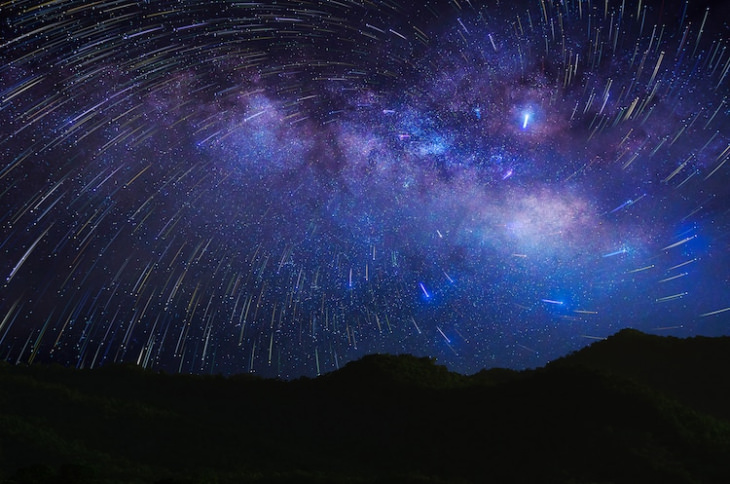

These Pictures Will Put the Awe of the Universe in You
The winners of the Astronomy Photography competition capture the majestic beauty of our skies and what lies beyond them.
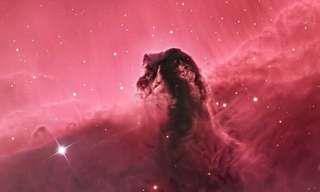
Striking and Brilliant Astronomical Photography, a Collection
Take a trip to the farthest reaches of the universe and back to our home planet with this ultimate collection of astronomical photography
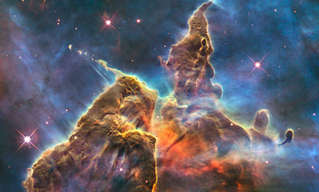
Behold the Colorful and Unearthly Beauty of Our Universe!
The Universe is a Colorful, Amazing Place...
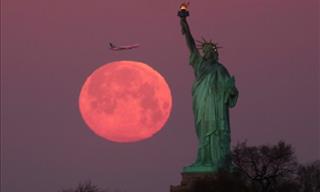
12 Best Photos Capturing the Stunning Supermoon of 2020
Even if you didn't get the chance to gaze up in the sky to see the 2020 supermoon, you can admire the beauty of the Flower Moon in these 12 photos

Enjoy This Fascinating Collection of NASA's Best Photos!
Here are 15 of NASA's most amazing recent pictures, along with brief explanations of exactly what is going on in each one.

Enjoy This Fascinating Collection of NASA's Best Photos
Here are 15 of NASA's most amazing recent pictures, along with brief explanations of exactly what is going on in each one.
 3:51
3:51
West Canada is Wild, Strong and Ever So Pretty
The wilds of West Canada are some of the most jaw dropping natural scenes in all the world we live on.

30 Animals With More Hair Than They Know What to Do With
It's hard to imagine how any of these animals can see clearly with all that hair. Enjoy these 30 cute and furry animals in desperate need of a haircut.
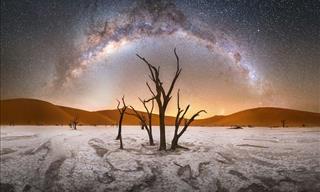
The Best Photos of the Milky Way Taken From Perfect Places
Take a look at the vivid colors of the Milky Way from the most remote and gorgeous locations in the world in this collection of photographs

Inspired Gardening: The Most Beautiful Garden Quotes
Gardening is more than just a hobby - it's a quality that teaches us and inspires. Here are 12 heartwarming quotes that will inspire your gardening.

This Is How Mother Birds Care for Their Sweet Chicks
Motherhood is a wonderful thing. It binds not only humans together, but birds too. These photos are simply amazing.

An Inspiring Collection of Moments in the Lives of Animals
Some of the most poignant stories and photos of animals from around the world.

Save Money on Watering with These Drought Tolerant Plants
Here are 10 low maintenance perennials that will grow year after year.
 7:26
7:26
Learn the True Art Behind the Bonsai Tree
Ryan Neil is an expert in the art of shaping Bonsai Trees, and will take you on a journey into yourself through nature!
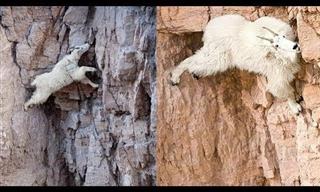 10:32
10:32
This is How Mountain Goats Defy Physics and Gravity
They're known to be able to defy the laws of physics, and today we'll discover exactly how they do that.

18 Breathtaking Photos Depict Nature as Heaven on Earth
These photos enable us to appreciate the beauty in mother nature and all that she has to offer.
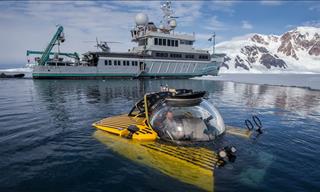 5:10
5:10
A Most Beautiful Exploration of the Ocean Floor
Dive far below the ocean, all the way to its bottom below the great frozen continent of Antarctica.

These Mind-Blowing Landscape Photos Need to be Framed
Take a look at the magical winners of the 2022 Landscape Photographer of the Year competition.

15 Things You Never Knew About the Panda Bear
When you hear about pandas, you think big, cute and cuddly, but there is much you might not know about these gentle giants...

If You Love Dogs, You'll Love Learning This About Them..
I love dogs, and so I love learning about them. These facts have really surprised me.

A HUGE Bird Photography Article Collection!
Aren't birds gorgeous? Well, if you like photos of birds, you should try this enormous collection of 14 bird photography articles from BabaMail!
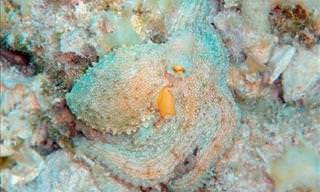
20 Mindblowing Examples of Animal Camouflage
Nature truly is amazing! Take a look at these 20 photos, and see if you can spot the camouflaged creatures!
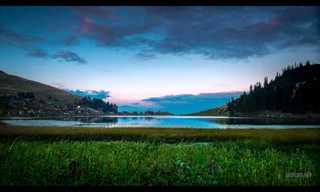 3:55
3:55
I Never Knew Bosnia Could Be So Breathtaking!
An incredible video of Bosnia & Herzegovina filmed for six months, displaying the natural beauty of this gorgeous country.
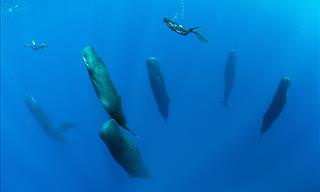
Ever Wondered How Sperm Whales Sleep? Wonder No More!
Have you ever wondered how sperm whales sleep before? Wonder no more, because the phenomenon has finally been captured on camera. Take a look.
 4:59
4:59
Dog History: How Humans’ Arch Enemy Became Our Best Friend
This is a brief, yet very eventful video about the history of our best friend, the dog.
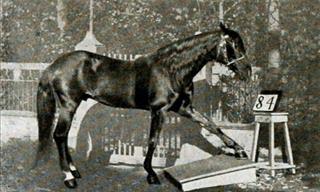
The Astonishing Story of the Horse Who Could Do MATH
One of the most mathematically gifted and famous animals ever known was Clever Hans - a horse who lived in Germany in the early 1900s
 4:18
4:18
Meet Wisdom, the World's Oldest Known Wild Bird
Wisdom, a Laysan albatross, has survived tsunamis and raised over 40 chicks. And she’s still not done!
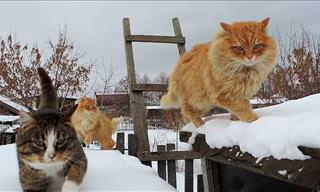
These Siberian Cats Are Truly Stunning!
Alla Lebedeva has turned her homestead into a "Catland" and she has now gone viral thanks to some incredible photographs of her glorious Siberian cats.

Spring Is Here: 8 Spring Flowers You Can Plant Right Now
These flowers will make your garden look marvelous in the spring time.
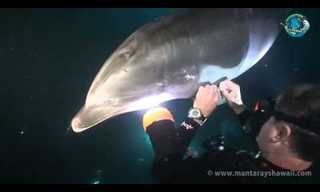 3:14
3:14
A Dolphin Asks a Human for Help!
We have seen animal rescue, but rarely have we seen the animal search for humans to save it!
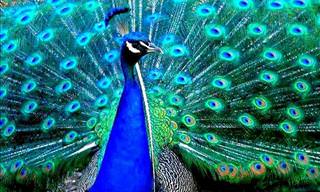
Is There a More Beautiful Creature Than the Proud Peacock?
Some may argue that the peacock is the most beautiful bird in the world. The colors of the peacock is where nature truly shines...
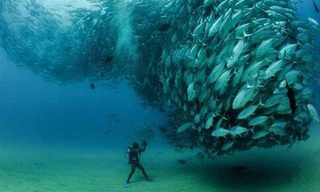
Together, These Animals Create Breathtaking Scenes
When people stand together, they become strong! When animals come together, the results are magical!
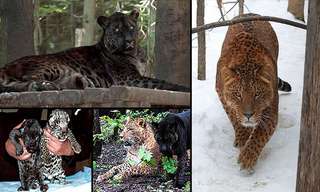
Discover the World of Powerful Big Cat Hybrids
There are types of big cats you've never heard about, and they're big. beautiful and powerful! Below are photos along some information about these big cat hybrids.
 6:34
6:34
Have You Ever Seen a More Beautiful Garden Than This?
Kayoichou Park is situated in Kasuya Town on the edge of Fukuoka City on the island of Kyushu, Japan. Take a look at the stunning rose garden there.
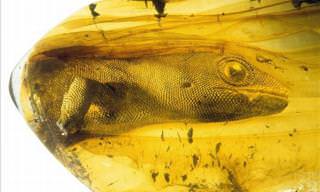
You Won’t Believe These Natural Peculiarities Really Exist
Let’s expand our knowledge of nature with these unbelievable photos showcasing some of the strangest, coolest and creepiest things in nature
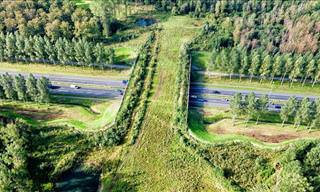
Animal Crossings Are a Huge Step For Wildlife Conservation
Animal crossings are an invention that has contributed significantly to lowering the number of animals killed on the roads. Here are 20 around the world.

Seeing These Pretty Flowers Will Put a Smile on Your Face
These flowers as so pretty it hurts. Just viewing them will put a smile on your face and brighten up the rest of your day.

2023 Nature TTL Photographer of the Year: 16 Winning Pics
Check out the stunning winners from the Nature TTL Photographer of the Year contest.
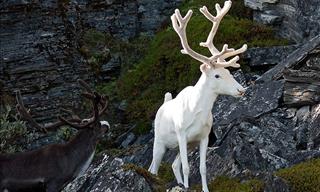
Have You Seen These Rare and Stunning Albino Animals?
Albino animals are extremely rare to be found. Here is a a look at some of the most stunning albino animals you would have ever seen.
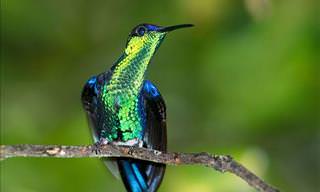
Beautiful! This Nimble Bird is a Magical Sight to Watch
Both strong and beautiful the hummingbird is a magical sight to watch. Look through this beautiful tribute to the nimble bird.

The Truth About Nature’s Most Misunderstood Animals
Bats, hyenas, vultures, snakes, and more – today we will shed light on the world’s most misunderstood animals.
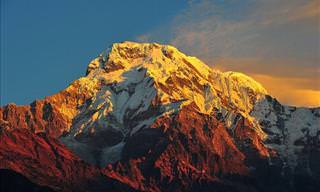
Marvel at 14 of the Tallest Mountains in the World
There are fourteen mountains in the world that stand over 8000 meters (26,250 feet) tall. Known collectively as the 8000ers, these skyscraping peaks are very literally the top of the world.

The 12 Least Densely Populated Places on The Planet
Behold a countdown of the top 12 least populated places on Earth. These places are ruled by nature and full of beautiful vast landscapes
 4:16
4:16
Experience Pinnacles National Park in Crisp 4K Resolution
Check out this incredible time lapse video of California's Pinnacles National Park, which was filmed in crisp 4K resolution.

These Wholesome Animal Titbits Will Make You Smile
Here are some adorable animal facts that will keep you smiling all day.
 3:51
3:51
Dr. Hodges - The Vet That Cures Exotic Cute Pets
In this video, we meet Monty, the pet axolotl. It's his first visit to the Vet!
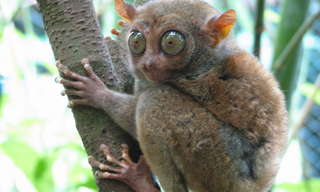
11 Incredible Animals with Even More Incredible Abilities!
Forget imaginary superheros and science fiction! These real animals have their own super powers and abilities such as camouflage, immortality and more!



